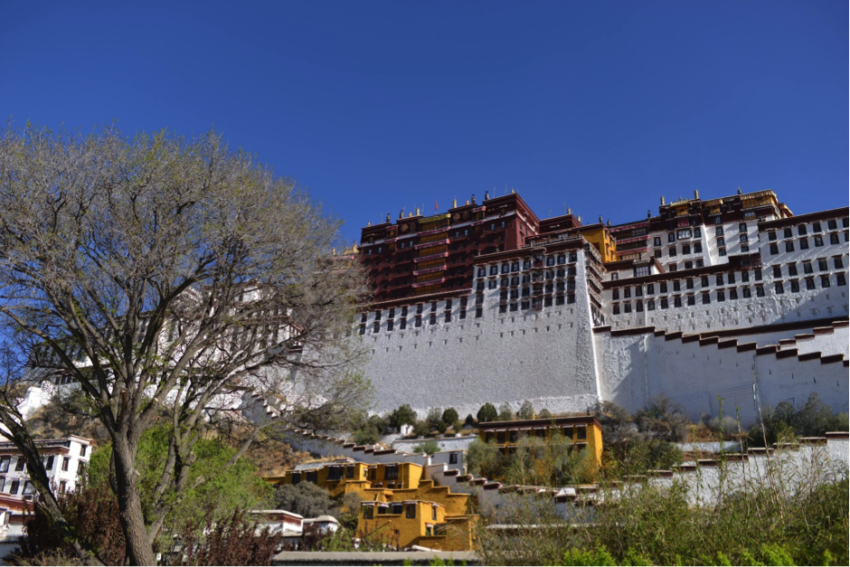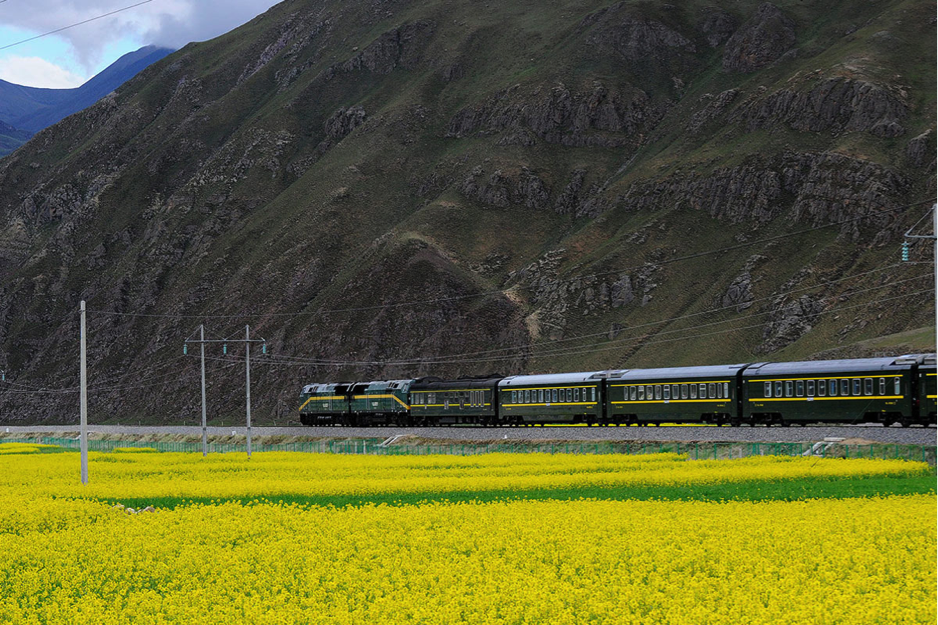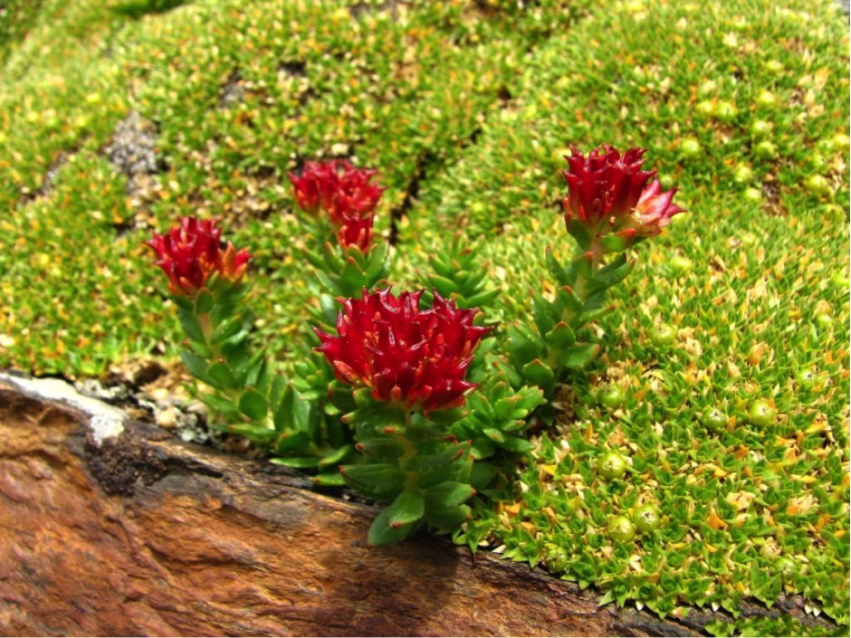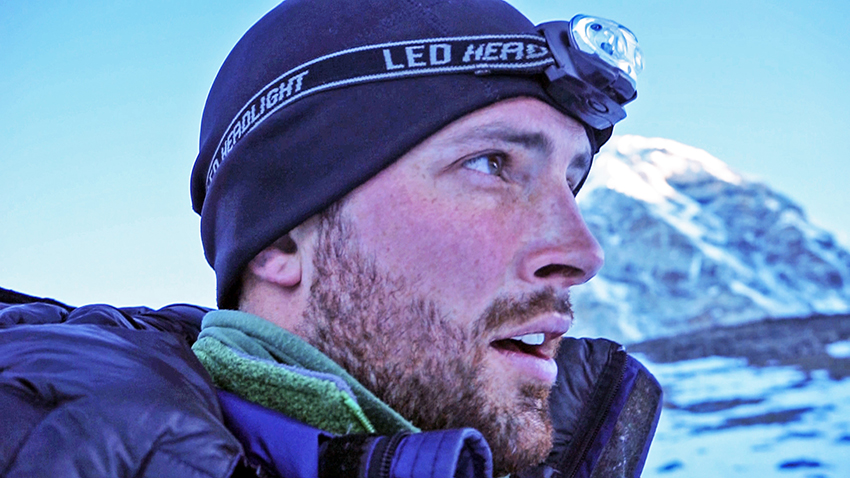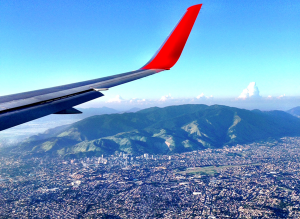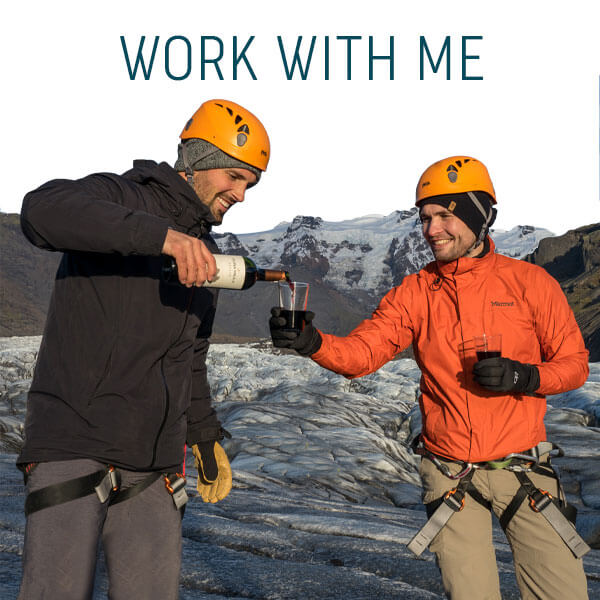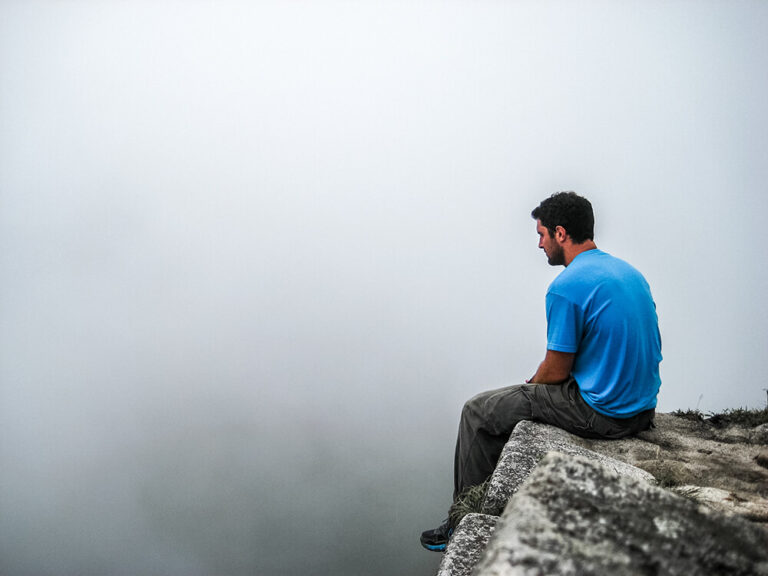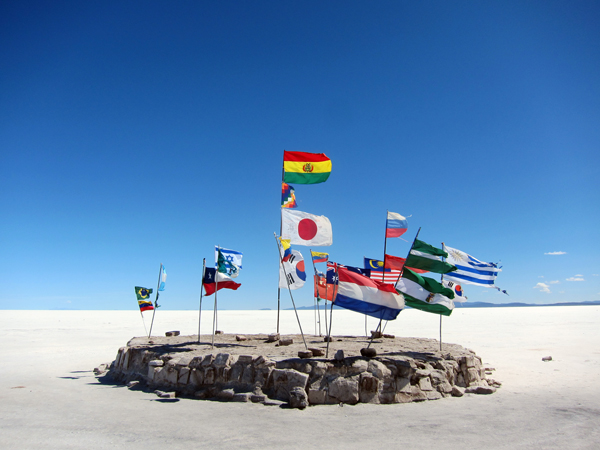Tibet Plateau has an average elevation above 4,000 meters and in many places, the altitude is well above 5,000 meters. Since any altitude above 3,000 meters is defined as high altitude, entire Tibet can be considered high altitude. In fact, many mountain passages or trekking destinations are well above 5,000 meters (like Everest Base Camp). Thus, altitude sickness is the biggest health risk for Tibet travel to tourists and if you are planning to visit this magical land, you need to know what altitude sickness is, how to prevent it and how to get rid of it if you experience the sickness.
What is Altitude Sickness?
High altitude sickness occurs when one cannot get enough oxygen from the air in high altitude environment. The air gets thinner as one goes to from low to high altitude. Although the body could adapt to thinner air by producing more oxygen carrying proteins in the blood, this takes time. So, if one goes from low altitude to high altitude fast or does not spend time in a reasonable altitude for a few days to adapt (called acclimatization), the body will not be able to get enough oxygen and high-altitude sickness will occur. People who are not used to high altitude are prone to this sickness when they go from lower altitudes to 8,000 feet (2438 meter) and above very quickly.
Symptoms of altitude sickness
Many describe high altitude sickness as a bad hangover. A throbbing headache, loss of appetite, feeling sick in the stomach which may also cause vomiting, feeling week and tired, dizzy and having sleeping difficulties are some of the most common symptoms of high altitude sickness.
Not everyone has the high-altitude sickness and its severity can be mild to severe. The sickness may not start until a day after one has been at a high-altitude. And in some cases, high-altitude sickness can be dangerous especially if it effects the brain and the lungs. In these severe cases, patient can have confusion, may not be able to walk in a straight line, feel faint and have blue or grey lips or fingernails. Although this would be very rare, these symptoms show that the sickness is severe (swelling of the brain / high-altitude cerebral edema or swelling of the lungs / high-altitude pulmonary edema) and points to a medical emergency. As we have mentioned this are rare illnesses but if not treated properly can result in death.
Which one is better for acclimatization: Tibet train vs flight (to Lhasa, Tibet)
There are practically two different ways to arrive to Tibet. You can take a flight to Lhasa or you can take the Tibet Train. Both starts their journey from lower altitudes and climbs to Lhasa, which is at 3,656 meters.
Although taking a flight from a city like Beijing to Lhasa saves a lot of time, the best way to acclimatize is to take a flight to Xining and then stay here for a day or two to acclimatize before taking the once in a life time experience called Tibet Train to Lhasa. This will not only give the best chance to your body to acclimatize, it will also be cheaper. The scenery through which Tibet train passes is also awesome and an experience on its own.
Taking Tibet Train all the way from a major Chinese city like Beijing is also an option as it will give you a chance to acclimatize. Tibet train cars are built for high altitude and have central oxygen supplies to compensate the lack of oxygen on the way to Lhasa (where trains can climb up to 5,000 plus meters). In addition to the central oxygen supply, Tibet train also has private oxygen supplies. And in the case of emergency, each train has a medical doctor.
How to prevent altitude sickness (first-timers to Tibet) + recommended medicine
The most important way to prevent altitude sickness is, as we have mentioned, acclimatization. The best ways to prevent altitude sickness are climbing slowly, stopping for 24 hours during the climb to allow the body to adjust to the new height, and taking it easy the first 1 to 2 days.
The human body has both short-term and long-term adaptations to altitude that allow it to partially compensate for the lack of oxygen. This usually is done by increasing haemoglobin (oxygen carrying proteins) in the blood. But this increase needs time and for this reason, one should stay in an intermediary altitude to adjust before going into a major activity in alpine environment.
Rhodiola rosea
During the acclimatization process, it is important to avoid exerting power for demanding physical activities. For example, when in Lhasa, you should not rush to climb the stairs to Potala Palace. Even simple and short term physical power exertions like standing up fast from a squad to take a photo can be bad for acclimatization.
You should also avoid alcohol, smoking and heavy meals to avoid high altitude sickness.
If high altitude sickness is experienced with mild symptoms, just treating the symptom (like taking a pain killer for headache) would be sufficient. But for more uncomfortable cases there are some high altitude sickness medicine like Diamox.
Diamox tablet (generic name Acetazolamide) is a medicine recommended both to prevent and reduce the symptoms of high altitude sickness. This medication can decrease headache, tiredness, nausea, dizziness, and shortness of breath. You can find this medicine in travel clinics or a GP can provide it to you.
It is important to know that if you are showing the symptoms of high altitude sickness, you should avoid climbing more until you get used to the altitude. It is more important to note that if the symptoms are getting worse even if you rest at the same altitude, you need to descend or otherwise you can get seriously ill. This situation is really serious and can result in death.
Which kind people are not suitable for travelling on the plateau and why
Although most people will enjoy Tibet Plateau without any high-altitude sickness or have a mild sickness in most cases, there are some people with pre-existing health issues who should talk with a doctor before traveling to Tibet or avoid the trip all together.
Tibet Plateau may not be suitable for people with heart and lung diseases. People with such conditions should consult a doctor who is familiar with high-altitude medicine.
High altitude sickness can trigger diabetes complications. These complications may be harder to treat if they are taking high altitude illness medicine.
Some doctors recommend that pregnant women should not sleep at altitudes above 12,000 feet. For this reason, pregnant woman would better consult a doctor if they are planning a trip to Tibet.
Summary
Altitude sickness is the biggest health risk to tourists in Tibet. To avoid it, you should follow the advice for proper acclimatization and familiarize yourself with high altitude sickness symptoms. The sickness can be mild or severe and there is some medicine to prevent or reduce its symptoms. If you have a pre-existing condition, especially if you have diabetes, heart or lung disease or you are pregnant, you should consult a doctor familiar with high altitude before planning Tibet tour.

